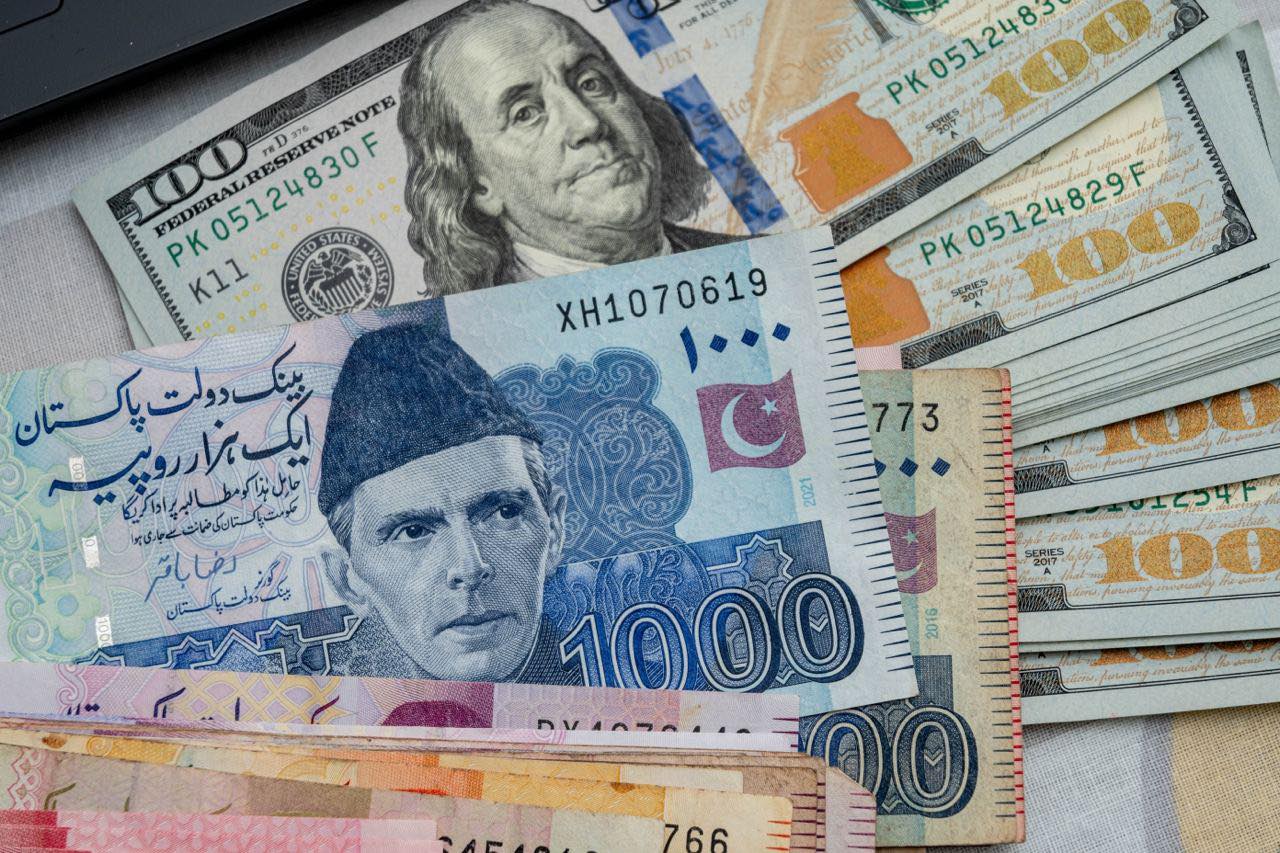PTBP Web Desk
Gold prices in Pakistan witnessed a significant increase on Wednesday, mirroring the uptrend in international bullion markets. According to the All-Pakistan Gems and Jewellers Sarafa Association (APGJSA), the gold price per tola surged by Rs3,500, reaching Rs419,862, while the 10-gram gold rate climbed Rs3,000 to Rs359,963.
This surge comes just a day after domestic gold rates experienced a sharp decline, highlighting the ongoing volatility influenced by global market movements and monetary policy expectations.
On Tuesday, gold prices in the local market had dropped dramatically, with the per tola rate falling by Rs14,000 to Rs416,362. However, Wednesday’s rebound suggests renewed investor confidence, driven largely by developments in international bullion markets.
The APGJSA data indicates that local jewellers and investors are closely tracking the global gold market, where expectations of an imminent US Federal Reserve interest rate cut have fueled buying activity.
Meanwhile, the price of silver also recorded a gain, with silver per tola rising by Rs110 to Rs5,034, continuing the upward trend seen in precious metals across global exchanges.
Internationally, gold prices edged higher on Wednesday as investors awaited the outcome of the Federal Reserve’s upcoming policy meeting. The spot gold price rose 0.2% to $3,957.42 per ounce (as of 0257 GMT), bouncing back from its lowest level since October 7, reached just a day earlier.
Similarly, US gold futures for December delivery were slightly down 0.3% at $3,971.20 per ounce, reflecting cautious trading sentiment before the Fed’s rate announcement.
The global bullion market has remained volatile in recent weeks, fluctuating between gains and corrections as traders respond to signals of monetary easing, inflation data, and geopolitical developments.
According to the APGJSA, the international rate of gold increased by $35 on Wednesday, reaching $3,975 per ounce, including a $20 premium. These global price movements directly impacted Pakistan’s domestic gold rates, which are typically adjusted in line with the international spot price and currency exchange rates.
The Pakistani rupee’s performance against the US dollar also plays a significant role in determining local bullion prices. Any fluctuation in the exchange rate can amplify or dampen the impact of global price shifts.
Investors around the world are now closely watching the US Federal Reserve’s policy decision, which is expected to result in a modest interest rate cut. A rate reduction generally makes non-yielding assets like gold more attractive, as lower interest rates reduce the opportunity cost of holding bullion.
However, easing US-China trade tensions have kept gold’s strength somewhat in check, as improved trade prospects typically encourage investors to move toward riskier assets such as equities.
Economists predict that if the Fed signals further monetary easing, gold could see another rally, potentially pushing prices to new record highs.
Despite occasional dips, gold continues to be viewed as a safe-haven asset, particularly during periods of economic uncertainty and geopolitical instability. The recent fluctuations in Middle Eastern tensions, combined with concerns about slower global economic growth, have maintained a steady demand for bullion.
In Pakistan, local investors and jewellers have mirrored this global sentiment, increasing their purchases whenever gold prices dip. Many view the metal not just as jewelry but as a long-term hedge against inflation and currency depreciation.
While gold dominated headlines, silver prices also gained traction on Wednesday. The per tola silver price increased to Rs5,034, marking a Rs110 jump, while the 10-gram silver price climbed proportionately.
Market analysts attribute this rise to the global industrial demand for silver, which has grown amid recovery in the technology and manufacturing sectors. Silver, often called “poor man’s gold,” tends to follow gold’s trajectory but is also influenced by industrial consumption trends.
Pakistan’s gold market trends are intricately linked to the international bullion market, but they also reflect domestic economic challenges. Persistent inflationary pressures, a weakened rupee, and limited investment alternatives have all contributed to gold’s sustained appeal among local investors.
Moreover, the APGJSA’s daily rate updates provide transparency and ensure that the jewellery industry operates in sync with international standards. Despite high volatility, gold remains one of the most liquid assets in Pakistan’s informal economy.




